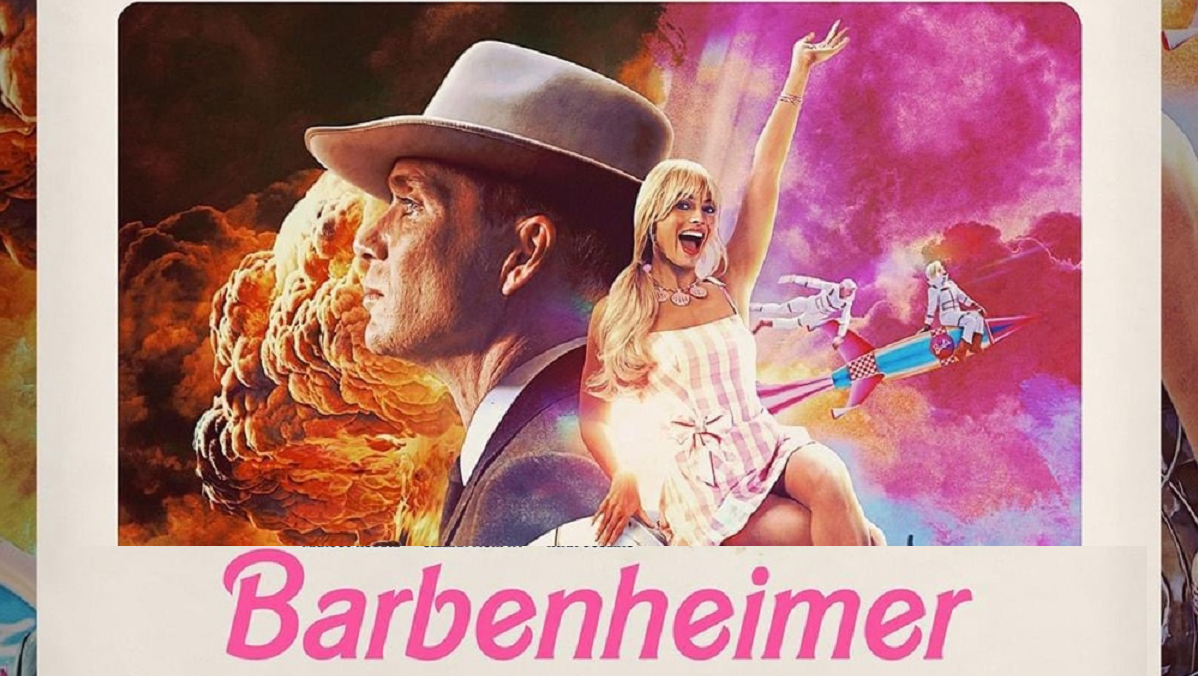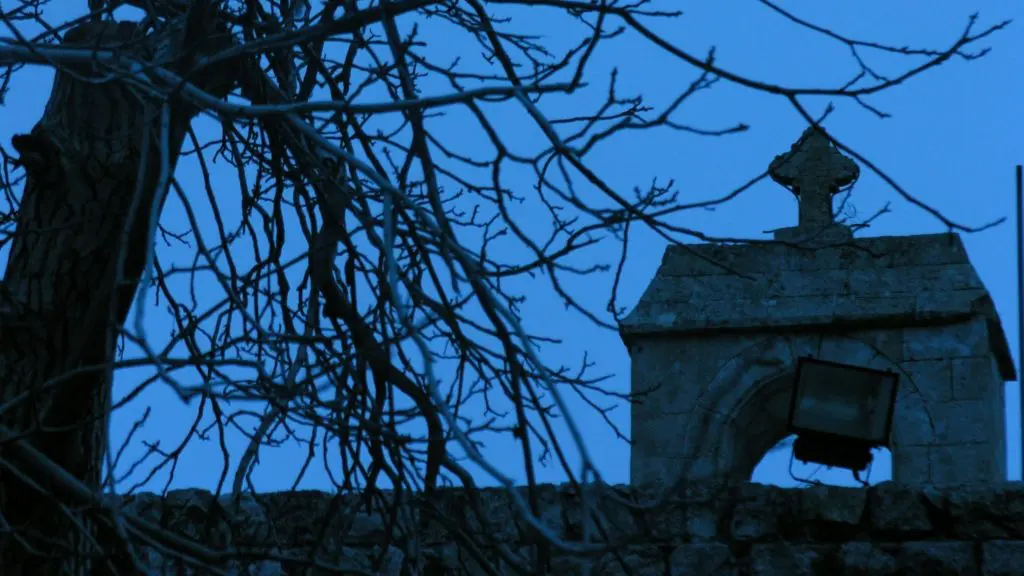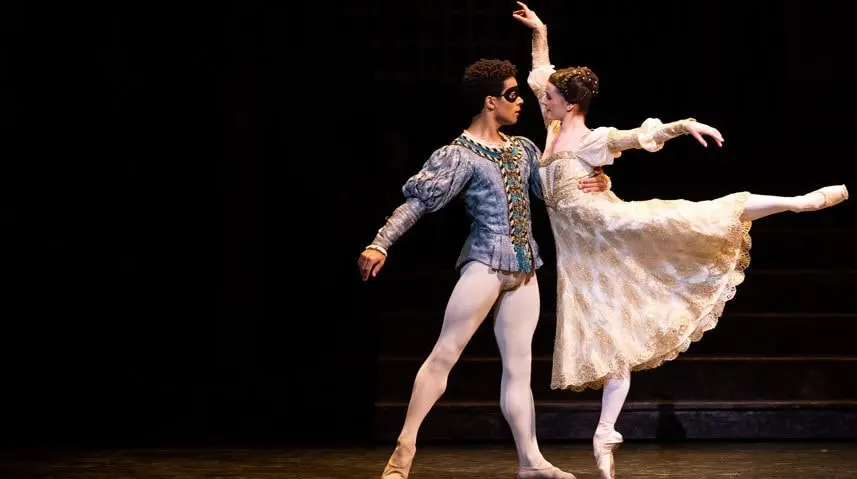It can be difficult to know how seriously to take viral internet trends. Many are little more than irony-soaked silly jokes, poking fun at aspects of human life and culture in the 21st century, but some have real-world impact. The ‘ice bucket challenge’ raised over $220 million for amyotrophic lateral sclerosis research; in 2016, American political memes were crucial to securing young male support for Trump; and the #MeToo movement has played a part in drastically reshaping women’s treatment in popular and professional culture across the West.
Thus, when many people began joking online that they were excited to watch a double-feature of the Barbie movie and Oppenheimer, dubbed ‘Barbenheimer,’ I wasn’t sure what to think. The first is a colorful film full of painted pink backdrops and based on the popular line of children’s dolls, while the second is a grim biopic about J. Robert Oppenheimer, the man who helped develop the world’s first atomic bomb. It was unclear whether this was just a gag based on the fact that the two films are releasing on the same day or something more significant. However, as time passed it has become clear to me that this seeming joke about the ‘Barbenheimer’ double-feature is actually pointing to a renewal of American cinema that may be on the horizon.
Film in the 2020s
Before considering the ‘Barbenheimer’ phenomenon, though, it’s necessary to recall the recent history of American filmmaking. In the ’90s and 2000s, major film studios theatrically released a very diverse lineup of films every year. There were big-budget, crowd-pleasing action films and small, intimate dramas. Moviegoers could choose between predictable romantic comedies and experimental stories of loss. Every theater showed movies about dedicated dogs and movies about war.
Picking a year at random, 2007’s box office included fabulously expensive but artistically shallow juggernauts based on pre-existing properties, like Michael Bay’s Transformers and Zack Snyder’s 300, but that was far from the norm.That same year had compelling dramas like American Gangster, No Country for Old Men, and There Will Be Blood. It also saw the release of crass comedies like Knocked Up, Superbad, and the life-affirming Juno. The trippy, Beatles-based musical Across the Universe came out that year, as well as The Bucket List, the story of two elderly men looking to live their lives to the fullest. There were children’s movies that appealed to adults like Ratatouille and Meet the Robinsons, and there was even a family-friendly comedy about a man who talks face-to-face with God and is told to build an ark, Evan Almighty.
Over the course of the last two decades, however, something changed. More and more movies were sequels, remakes, or adaptations of previously existing works. This, in and of itself, is not a bad thing. The Godfather, Forrest Gump, and The Wizard of Oz are all based on books. The Magnificent Seven remakes Akira Kurosawa’s Seven Samurai. One of my favorite comedies of all time, Dirty Rotten Scoundrels, is a remake, and Alfred Hitchcock even remade one of his own films, The Man Who Knew Too Much, and ended up with a classic.
But all these films were made with passion, with the hope of powerfully reinterpreting—and sometimes even surpassing—their inspirations. Though the causes are complex, recent years have seen a bevy of derivative films with only a few having any cinematic import. Take 2018 for instance. This year did not just include the release of the widely-enjoyed sequels and reimaginings Spider-Man: Into the Spider-Verse, Avengers: Infinity War, Mission: Impossible—Fallout, and Deadpool 2. It was also the year that gave viewers the critically panned and generally forgotten films: The First Purge, Robin Hood, The Predator, The Cloverfield Paradox, The Nutcracker and the Four Realms, X-Men: Dark Phoenix, Jurassic World: Fallen Kingdom, Tomb Raider, Mowgli: Legend of the Jungle, and Fantastic Beasts: The Crimes of Grindelwald. The shocking thing about this (rather long) list is that I intentionally chose not to include over two dozen other bland remakes and sequels I found via a quick Google search.
All this is to say that Hollywood has increasingly put all its eggs into one kind of basket: big-budget movies attached to pre-existing properties that moviegoers recognize. Small- and mid-budget films made by talented and dedicated directors are increasingly rare, which means most films end up easily-digestible ‘popcorn’ action flicks. This trend was greatly exacerbated by the COVID-19 pandemic and ensuing political and economic turmoil, as filmmaking costs ballooned so much that only the largest studios could continue to fund their projects, and they had to be sure anything they funded would be a mega-hit. Streaming, in addition, has made it more difficult for small-scale films to turn a profit, since current contracts give so little money to actors and filmmakers, unlike the traditional DVD and VHS model.
While there’s nothing wrong with there being 30 Marvel movies (I’ve seen nearly all of them), there is something wrong with them being the only kind of movie that gets made. While I do not go as far as directors Quentin Tarantino (who said he and other traditional filmmakers are “at war” with superhero movies) and Martin Scorsese (who has compared superhero movies to theme park rides), I do think we should all be concerned about the increasing homogeneity of American film and the loss of smaller, more personal films.
The winds, however, may be shifting. So far in 2023, several extremely high-profile big-budget films have flopped. Ant-Man and the Wasp: Quantumania, Indiana Jones and the Dial of Destiny, The Flash, and Shazam! Fury of the Gods—all with budgets of between $125 million and $350 million—have either barely turned a profit or even lost money. Many other writers have speculated at great length about the myriad reasons for these financial failures, and I will not attempt to rehash their thoughts. But I think that part of the reason is that audiences are becoming bored with the homogeneity and lack of originality in many films.
Gerwig and Barbie, Nolan and Oppenheimer
When it was first announced that Greta Gerwig—known for her performances in small-budget films like Last Days of Disco and Frances Ha and for directing the intimate and thoughtful Lady Bird and 2019 adaptation of Little Women—would be directing a film based on Mattel’s Barbie doll, many were a bit confused. Why would Warner Brothers want this indie darling to direct a big-budget movie about a plastic doll? And why would Gerwig want to direct the movie in the first place? Cinephiles and consumers of popular entertainment alike were unimpressed. Then came the first ‘teaser’ trailer for Barbie.
The trippy teaser is an homage to the iconic opening of Stanley Kubrick’s 2001: A Space Odyssey. Odd, definitely, but undeniably attention-grabbing. Many film buffs—a demographic that leans male—were particularly intrigued, meaning that it appealed to a wider audience than one might expect. The marketing strategy continued. Further trailers followed, with one promising not just “If you love Barbie, this movie is for you,” but also, “If you hate Barbie … This movie is for you.” But the appeal is not mere marketing. The plot details that have been released are engaging, with Barbie’s seemingly perfect life crashing to a halt when she has an existential crisis about the reality of death and is subsequently ostracized because of it. The set design, too, is more detailed than virtually anything seen in recent films, and the look and tone is unlike any other movies at the cineplex.
In promoting the film, Greta Gerwig (who co-wrote the screenplay in addition to her directing duties) has discussed her desire to make something both meaningful and visually appealing, with an emphasis on real sets instead of computer-generated graphics. In an interview with film social media site Letterboxd, she discussed many of the movies that influenced her approach to film, everything from 1936’s Modern Times and 1964’s The Umbrellas of Cherbourg to 1983’s And the Ship Sails On and 1998’s The Truman Show.
This is a surprisingly thoughtful list of films, and it is the kind of discussion one would expect from the director of Oppenheimer, not Barbie.
Speaking of the other half of the ‘Barbenheimer’ meme, Oppenheimer was always going to make an impact. The film is directed by Christopher Nolan, who is one of the world’s most famous directors currently working. His work is well-known for its non-linear plots and inventive storytelling. From Inception and the Dark Knight Trilogy to Interstellar, Dunkirk, and Tenet, Nolan has crafted each of his films as an auteur but has simultaneously made pictures that appeal to the general moviegoing public.
As Nolan has grown more respected and more powerful in the filmmaking industry, he has also become something very rare: an artist, a visionary. He is one of the only filmmakers under 60 who could go to a studio asking for $100 million to make a film about J. Robert Oppenheimer and be quickly given the green light. While it is based on the life of a real man and on the book American Prometheus: The Triumph and Tragedy of J. Robert Oppenheimer, the film is clearly the product of Nolan’s mind.
As usual with a Nolan film, the cinematography and cast immediately draw viewers in. But there is another aspect of Nolan’s direction that intrigues potential Oppenheimer viewers: his distaste for, and subsequent avoidance of, computer-generated effects. Nolan sees an essential distinction between what is actually shot with a camera and anything added after. As films have become more and more full of CGI (to the point that sets are not even built for most scenes in Marvel movies because it leaves them more freedom to just animate them later), Nolan has remained dedicated to practical effects, even crashing a plane into a building while filming Tenet.
The reason this is significant is that Oppenheimer is not just a movie about a man; it is also a movie about the dropping of a nuclear bomb. Nolan and his effects team have worked to depict the actual detonation of the bomb, something that film buffs are greatly looking forward to experiencing. Be warned, though: over his last few films, Nolan has become increasingly known for his idiosyncratic sound mixing that, especially in IMAX, can be astonishingly loud and overwhelming. Some may want to bring a pair of ear plugs to the theater, as I intend to do.
As is likely clear, I have not yet seen these two films. Indeed, as I write, they have not yet been released. I may not even like either film once I see it. That is not the point. The point is, instead, that the fact that these two films are being released on the same day and that they have inspired the ‘Barbenheimer’ meme—or even movement—is a signal of hope for Hollywood. As much as we conservatives may be tempted to think that the art of filmmaking is dead and buried, there are, in fact, still directors, screenwriters, producers, cinematographers, and other film staff dedicated to their craft.
These two films, though they still have very large budgets, feel quite different from most of what has been released in the last few years. In addition, they feel extremely distinct from one another. They are obviously of radically different genres, but each one is unequivocally the result of its director’s unique artistry and dedication. If they are as successful as the ‘Barbenheimer’ meme indicates, they may encourage Hollywood executives to begin taking a few more chances on younger, more adventurous directors with genuine vision. This could mean allowing inventive directors to work on pre-existing franchises, as we have seen for films like Thor: Ragnarok and Spider-Man: Into the Spider-Verse and its sequel. Or, better still, it could mean releasing more small-budget, original films helmed by artists in love with their crafts.
Only time will tell.





